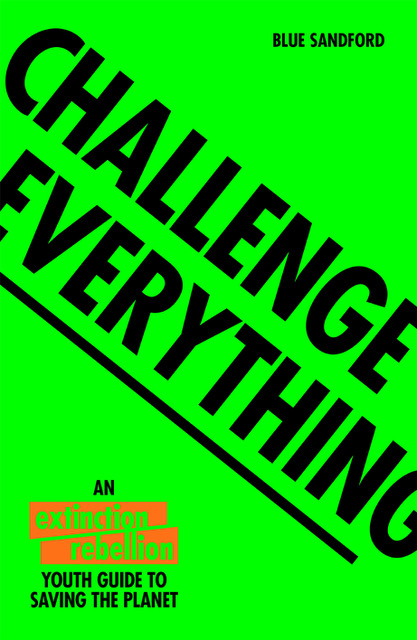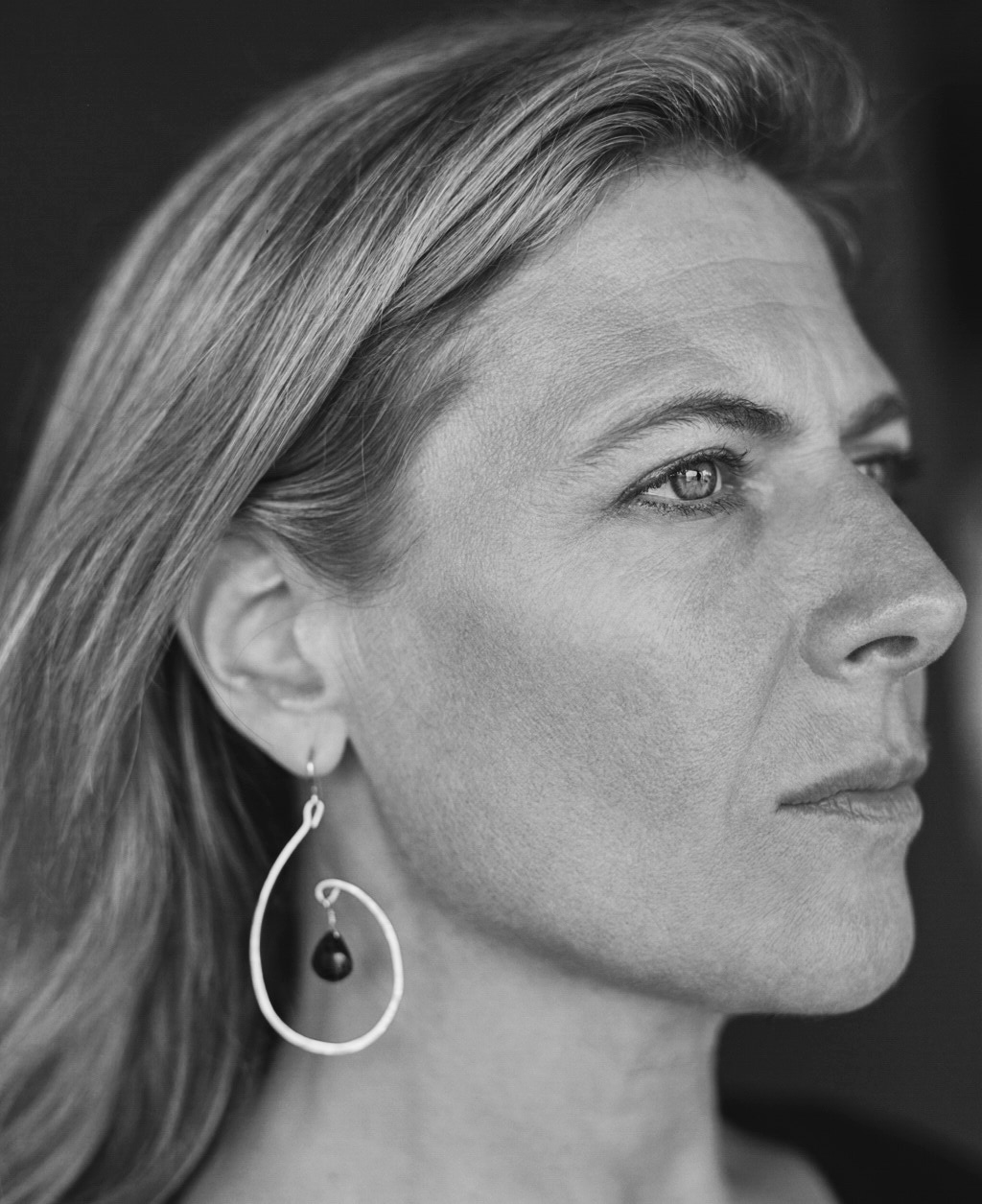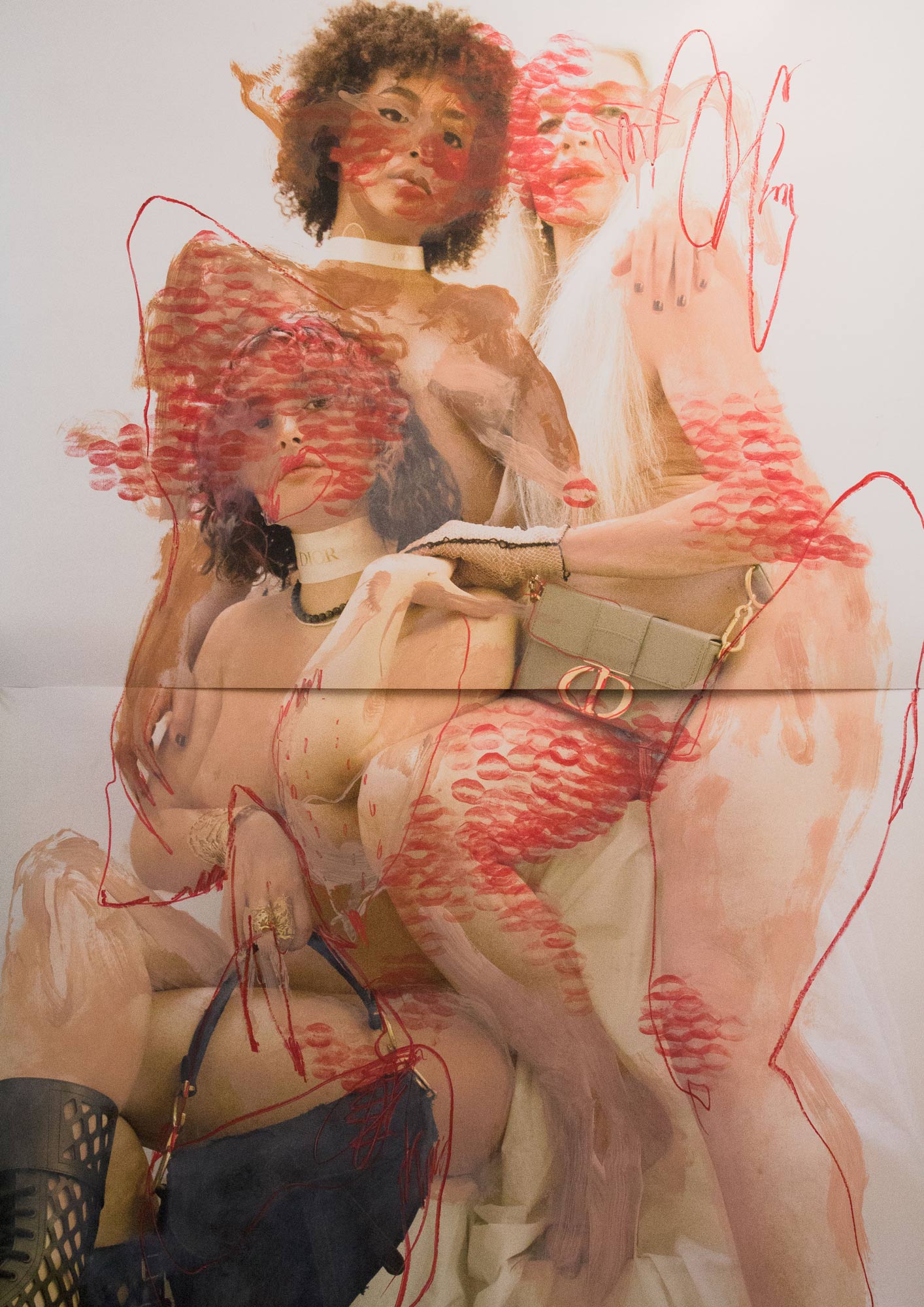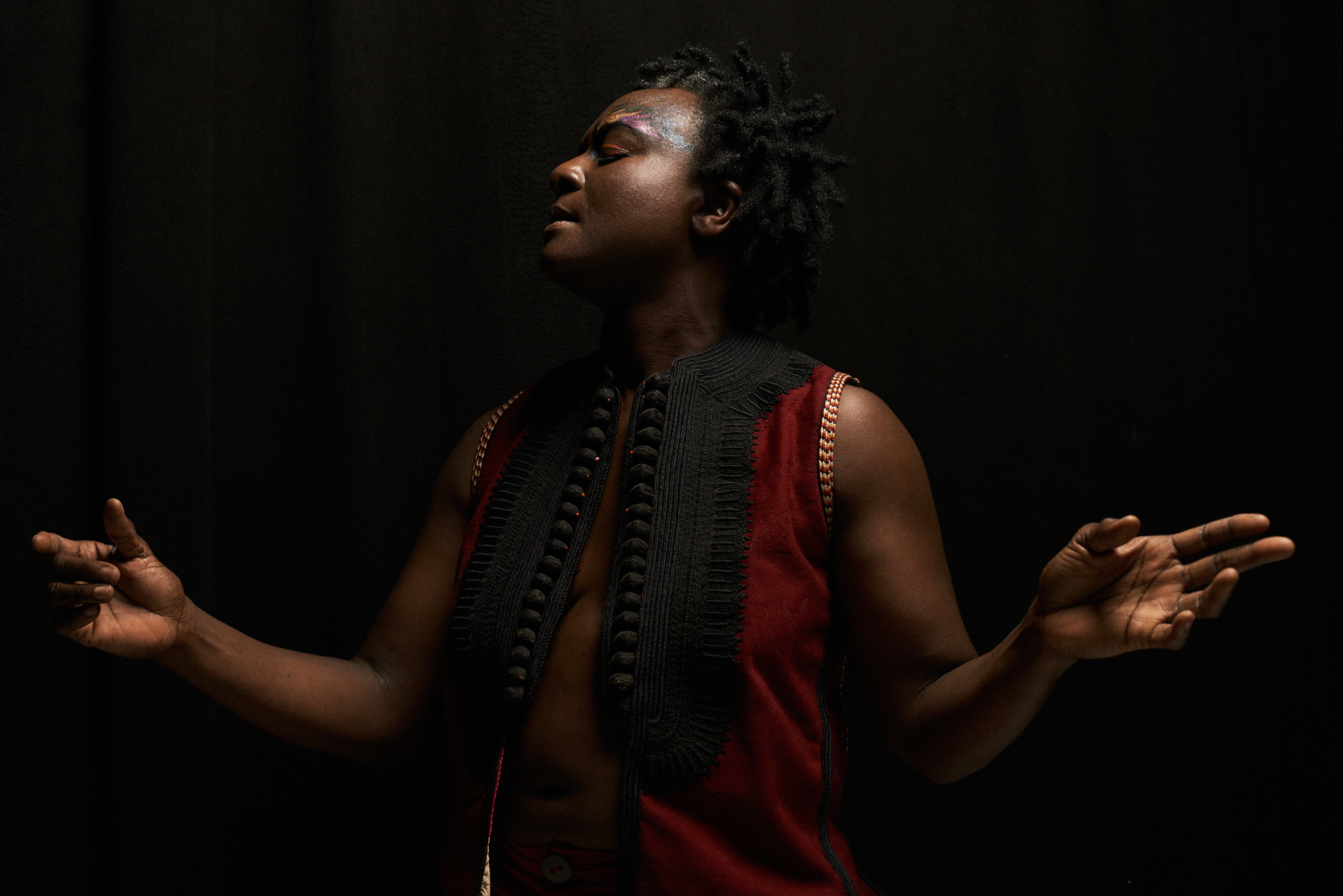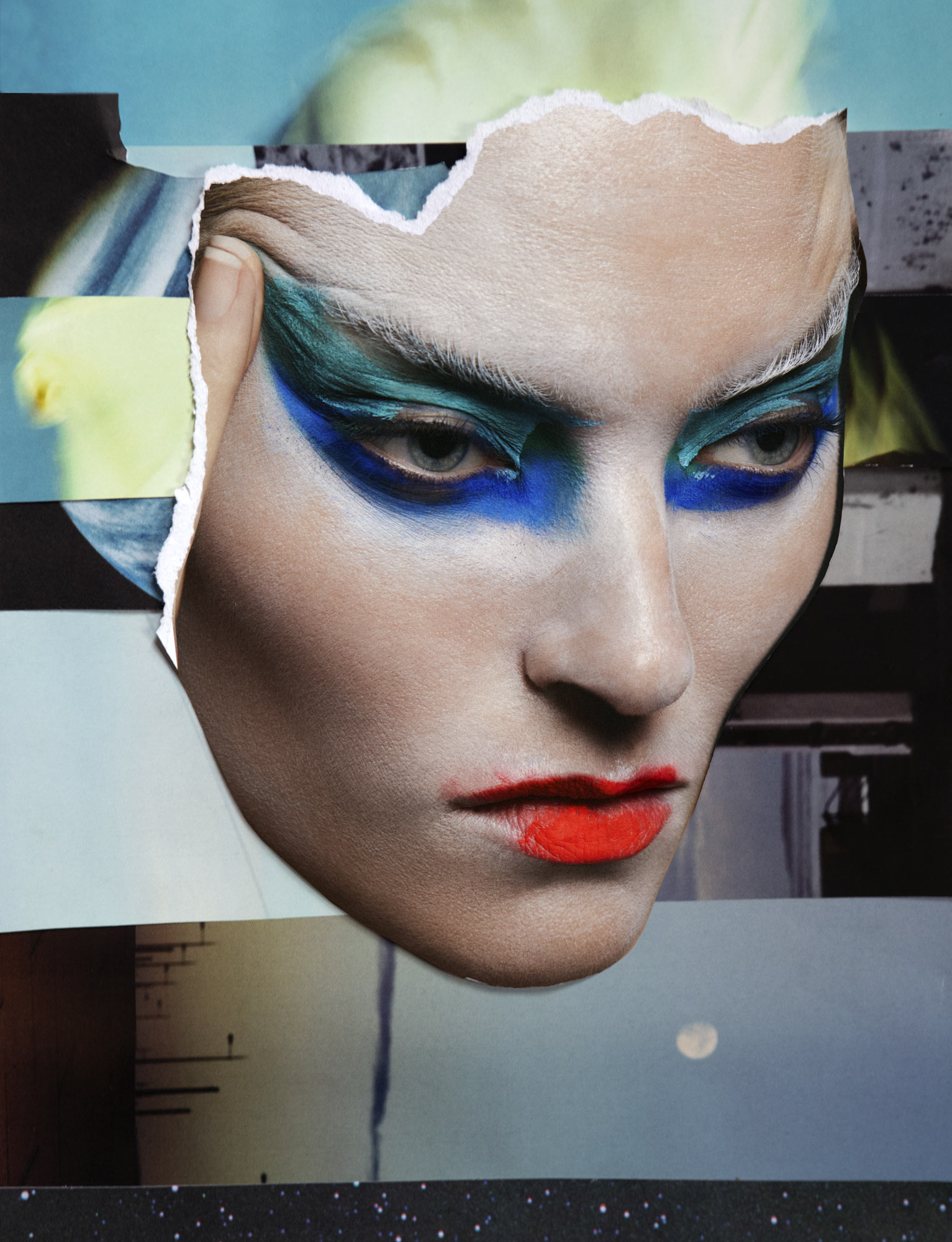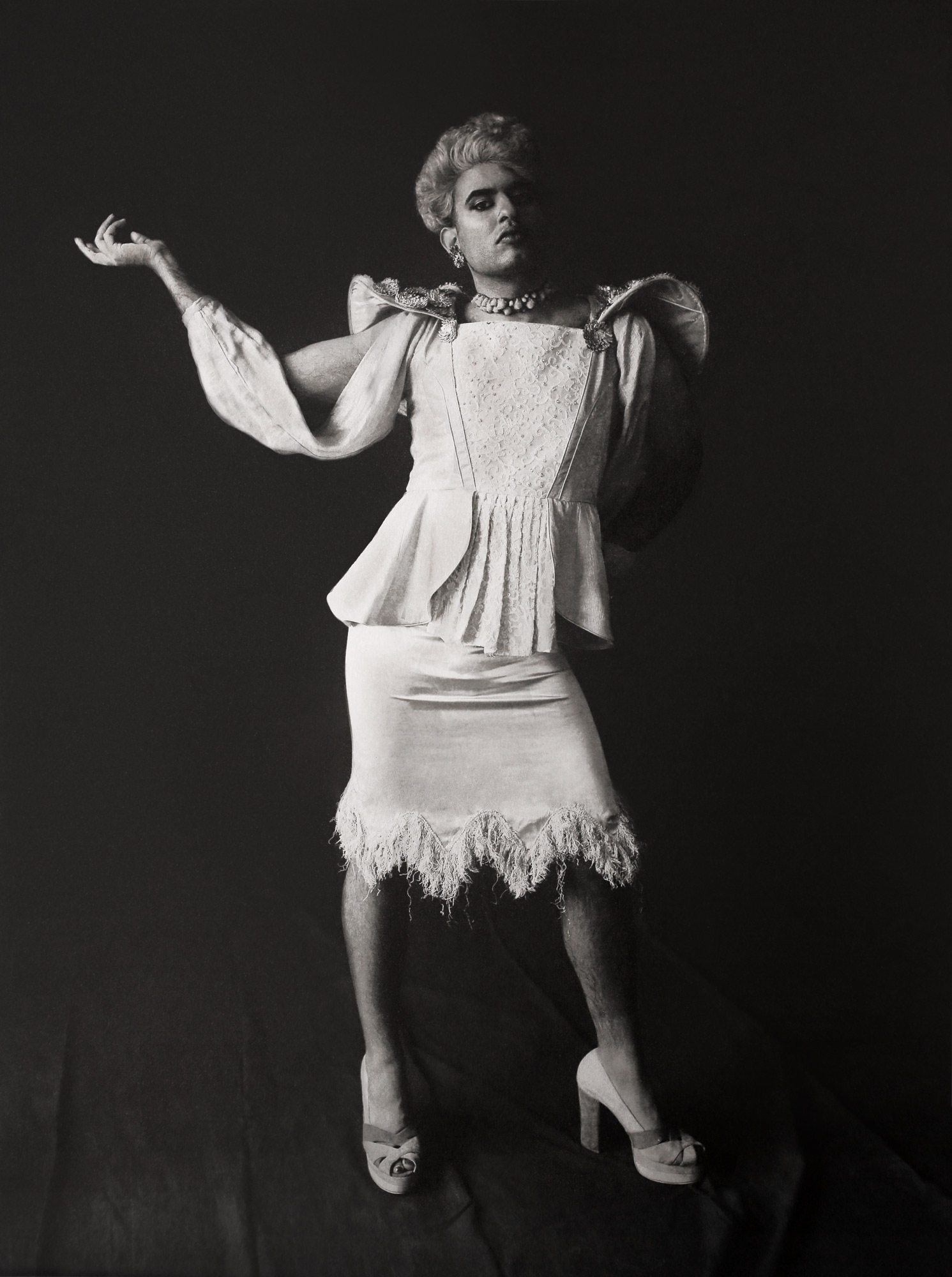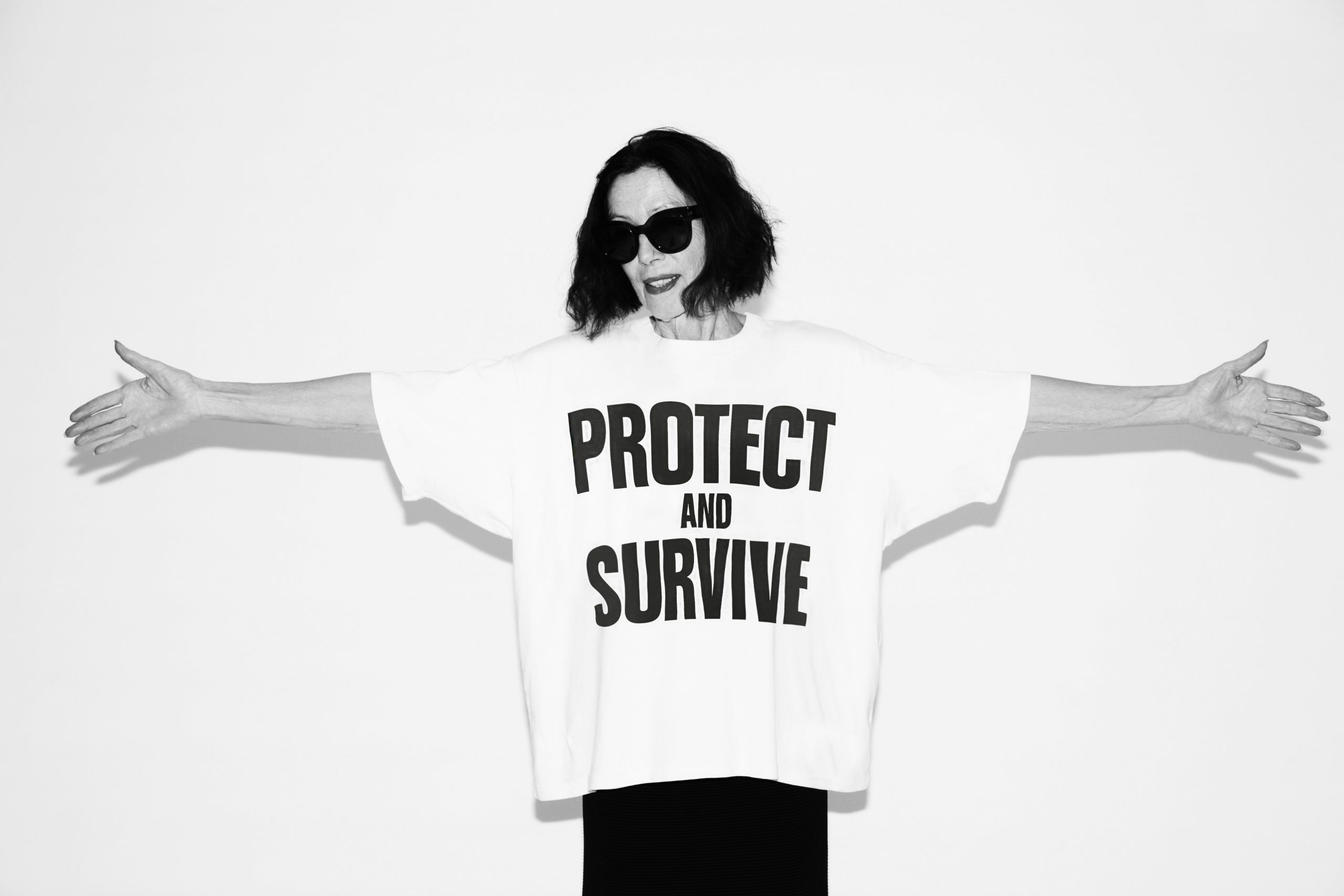REST ENERGY | Performance for Video- 4 minutes, ROSC’ 80, Dublin, 1980 | © Ulay / Marina Abramovic | Courtesy of the Marina Abramovic Archives
Marina Abramovic: The Body, But Not As You Know It
The human form has been a central subject in art for centuries, but ideas around the body have never been more in flux. In art, the body is continuously pushed to its physical and emotional limits. Participants hand over their bodies in return for experiences, enlightenment and a new profound vision for the future. Marina Abramović and Lucy McRae each use the body as an instrument for optimization, radical change and revolution. In the first of our two part series on revisioning the body in art, we explore the seminal work and ethos of Marina Abramović.
It’s been all too easy for people to dismiss performance art. It is impossible, though, to deny Marina Abramovic. As a pioneer of the medium, the Belgrade artist is radical in the truest sense of the word. Few artists have evoked such strong emotional reactions from the public. Through her uncompromising practice, she rejects the traditional relationship between artist and audience. Instead, she builds unity through transference of energy. “The only way to change the world is to change consciousness,” [1] “I want to give people the tools to help them bring about a certain state of mind.” She’s emancipated herself from institutionalized thinking in favor of modalities that seek immateriality and spiritual gains. This is her mission, and one she sacrifices everything for. “I never question my duty – for that, I will probably die on stage one day.” [2]
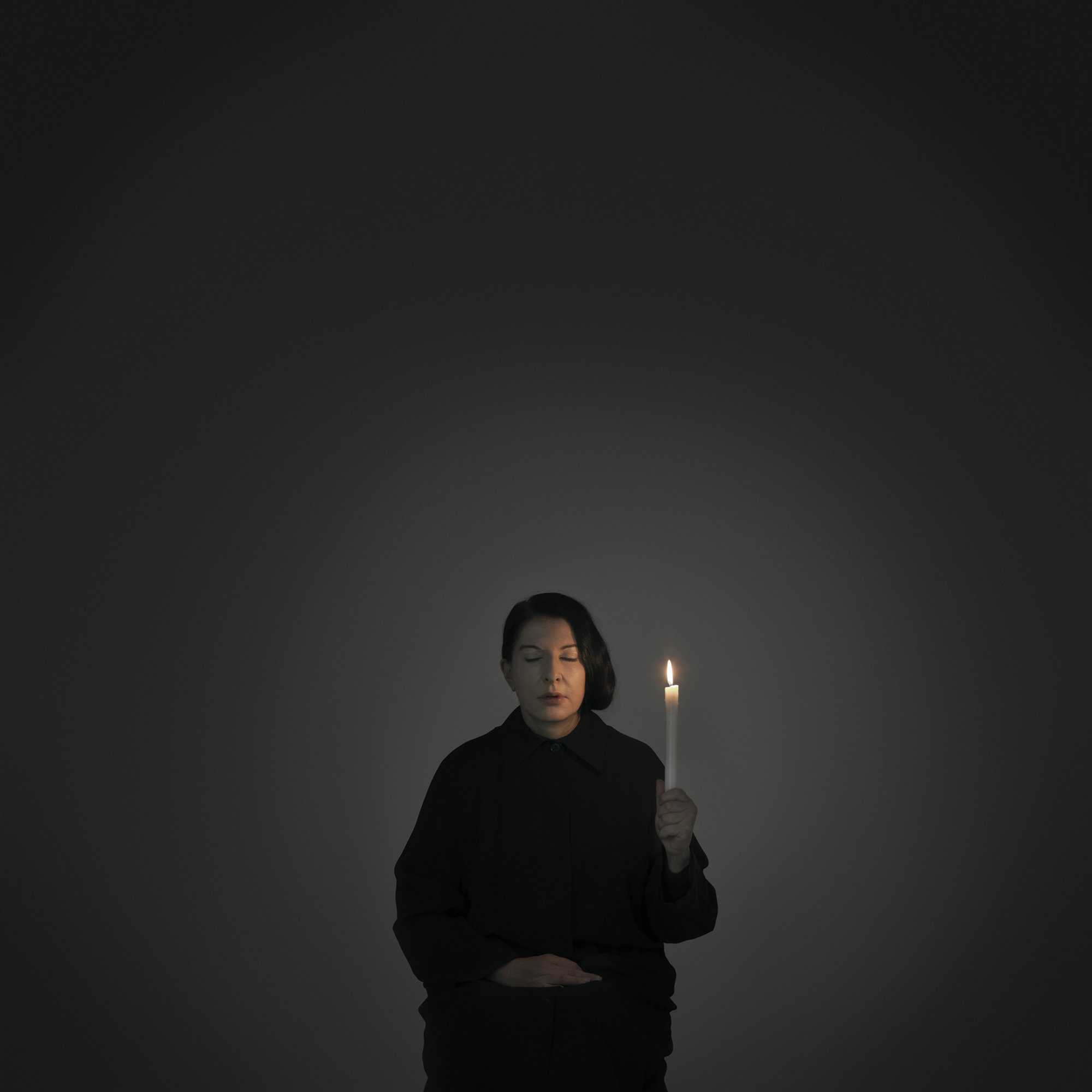
Marina Abramovic, ‘ARTIST PORTRAIT WITH A CANDLE (A)’, from the series With Eyes Closed I See Happiness, 2012. Colour, fine art pigment print. Courtesy of the Marina Abramovic Archives © Marina Abramovic
Abramovic is candid about her beginnings and how it informed her journey. Her parents, both intellectuals, highly ranked in the army and national heroes of the communist party, were a potent force in her life. Growing up in a rigorous environment instilled the stamina and discipline required for the work she does today. “The more fucked up childhood you have, the better artist you become because you have more material to work with. “From many points of view, I had a privileged upbringing, but I didn’t have love. It really crippled me. At the same time, as you see now, I generate all this love for everything I’m doing and my public became my family.” [3]
Performance began as a mirror; she used the body as a reflection of our humanity, making the viewer constantly aware of their own presence, vulnerability and boundaries. The body is a conduit to explore gender, energy, time, pain, presence and identity. Her first performance Rhythm 0 (1974) remains one of her most extreme works. Tired of critics, she wanted to explore how far the public will go if the artist does nothing. She invited the audience to interact with her by using 72 objects. Her instructions read “I’m an object, you can do anything with me for six hours and I will take all responsibility.”

RHYTHM 0, Performance, 6 hours, Studio Morra, Naples, 1974 | Ph: Donatelli Sbarra| Courtesy of the Marina Abramovic Archives
At first, the public played with her, kissed her, gave her a rose. Then they became wilder, cutting her neck and drinking her blood, ripping her clothes and putting a knife between her legs. They pushed thorns into her skin and made her hold a loaded pistol. Even in this early work, Abramovic deeply challenged herself and the audience, showing us just how far you can go. “I depend on the energy of the public to help me push myself to my limits, without it, the work is impossible.”[4] This was the beginning of an artistic practice marked by physical challenge and long durational works. Performances that reveal opposing forces, both intimate and disturbing.
The Artist Is Present (2010) marked a precise shift from the body to a focus on the mind and the physicality of emotions. Abramović wanted to connect with her audience spiritually, creating an energy field that could enable people to feel and heal in community. This desire ran parallel with her beliefs around minimalism, reduction and simplicity, elements now intrinsic to her work. This piece marked the beginning of a journey towards immateriality; unscripted and improvised performance that deals with something bigger than art. A desire to shift culture itself.
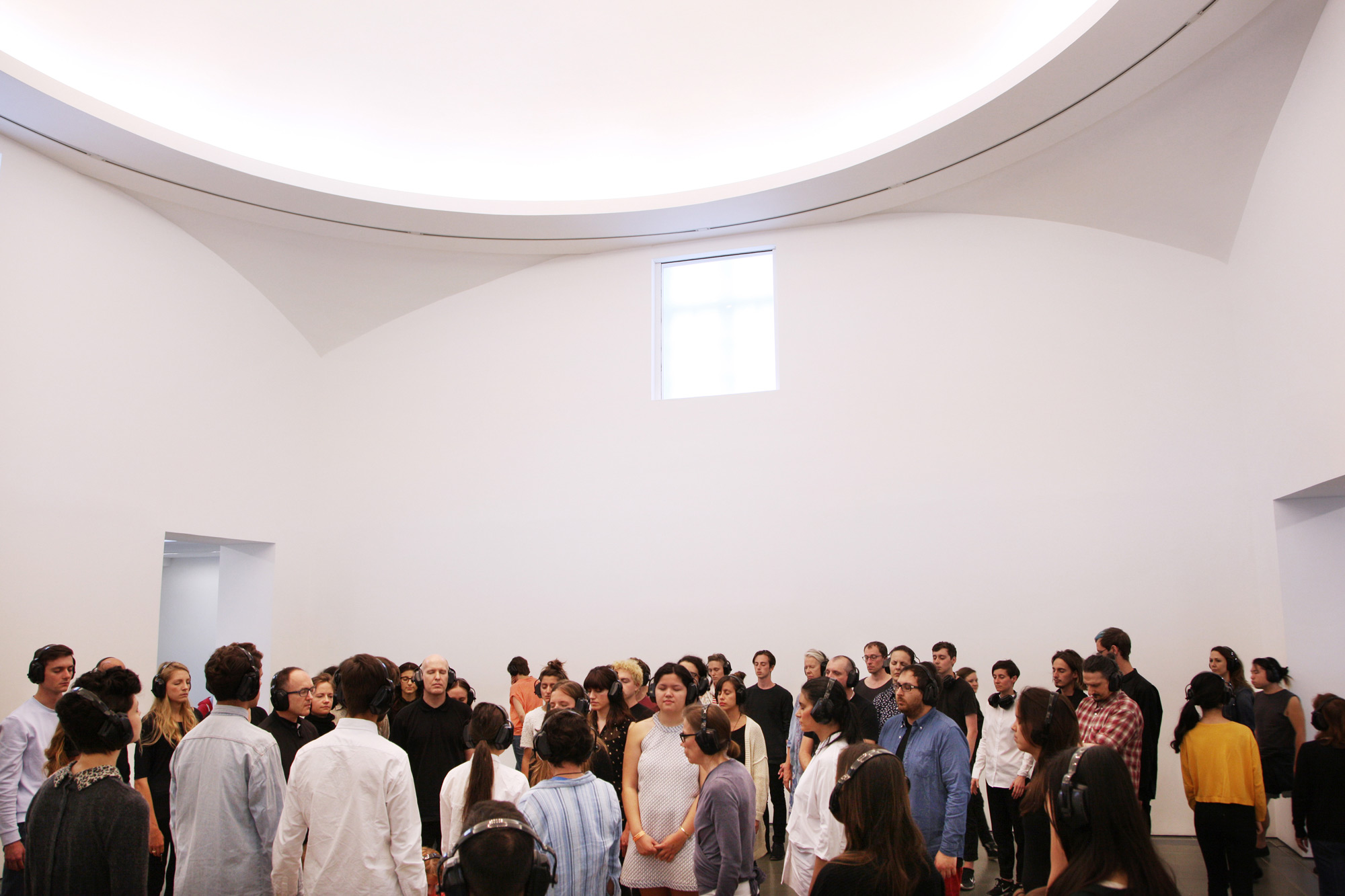
512 HOURS, Performance, 64 days, 2014, Serpentine Gallery, London | Ph: Marco Anelli © Marina Abramovic | Courtesy of the Marina Abramovic Archives
512 Hours (2014) encapsulated Abramovic’s mission in its purest form. The work demonstrates how simple human experiences can radicalize our future. The public became the performing body, marking an unprecedented moment in the history of performance art. Wearing blindfolds and headphones, visitors were able to feel in a very different way. They were invited to participate in simple acts like counting grains of rice and sleeping next to strangers. They could be together, but also be themselves. Audiences found the experience confrontational, challenging and for many life changing. Like all of Abramovic‘s work, it’s the process, not the result that is the most important element. “The rice is a symbol of life. As you focus, time stops, breathing stabilizes, and you concentrate on the here and now. If you can’t do rice, you can’t do life,”[5]. The piece is about building trust with the audience and the power of being together in community. “We don’t need anything, being is the highest form of existence.”[6]
For more than 55 years, Abramovic has used her own body and energy as her primary artistic material. She’s pioneered performance art, reimagining and affecting the human experience beyond the duration of her performance. She’s withstood pain, exhaustion and danger in her quest for emotional and spiritual transformation. She’s shown us how healing it can be to feel our emotions rather than disengage or deal with everything intellectually. Her work is challenging and demanding, yet enigmatically simple. She pushes at the boundaries of performance and what art can be in the future. In all of this, Abramovic needs the audience like air to breathe. “I feel like a full-blooded artist. I never wanted to do anything else. I didn’t want to travel. I didn’t want a family. I didn’t want to have children. I didn’t want anything like normal people. I just wanted to do art.”[7]
[1] Intelligence Squared podcast
[2] The Artist is Present Documentary
[3] Marina Abramovic on Louisiana Channel
[4] The Artist is Present Documentary
[5] Interview with Hans Ulrich Obrist for Foundation Beyeler
[6] Intelligence Squared podcast
[7] The Artist is Present Documentary



